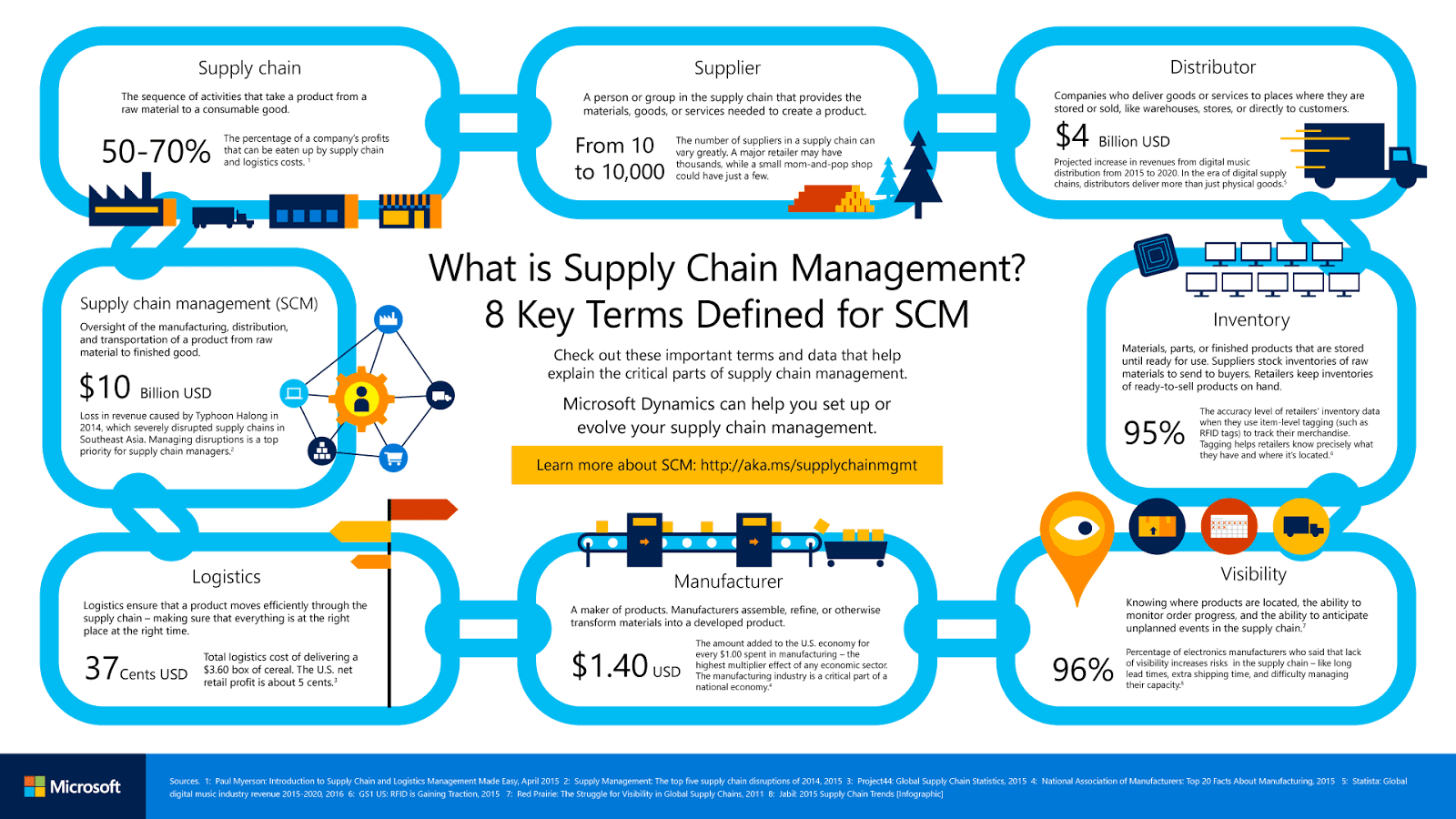(C13) Creating Collaborative Partnership Through E-Business

E-commerce is the buying and selling of goods and services over the Internet. E-commerce refers to online transactions only. E-business is the conducting of business on the Internet, not only buying and selling, but also serving customers and collaborating with business partners. E-shops is a version of a retail store where customers can shop at any hour of the day without leaving their home or office. For example, Zara, Mango, Maybelline and Adidas. E-malls consists of a number of e-shops, it serves as a gateway. For example, Lazada, Trivago and Fashion Valet. An online auction is a place where buyers and sellers come together to auction items and prices are determined dynamically.





